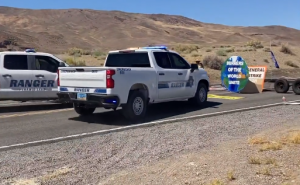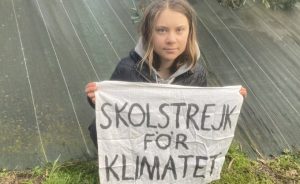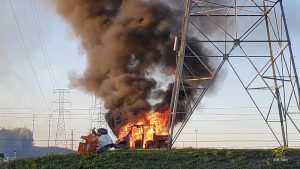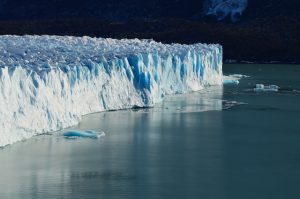The ozone layer is a region in the Earth’s
atmosphere that is made up of the gas ozone, which is also known as trioxygen.
The layer acts as a natural sunscreen for the Earth, as it shields the planet
from the sun’s ultraviolet radiations – which can have adverse effects on life.
Through much of the 20th century,
scientists made breakthroughs that would allow them to understand how a group of
human-made chemicals called chlorofluorocarbons (CFCs) led to the formation of
a hole in the ozone layer over Antarctica every year around spring.
Also Read | Why ozone layer is critical to our planet
According to NASA’s Ozone Watch, Antarctic
explorers as early as 1912 reported having witnessed unusual veil-type clouds
in the polar atmosphere. Limited by the technology of their time, they were
unaware of the significance of the clouds or the phenomenon causing their formation.
In the year 1956, the British Antarctic
Survey set up the Halley Bay Observatory on the continent in preparations for
the International Geophysical Year (IGY) of 1957, when the first measurements
of the ozone layer – using a Dobson Spectrophotometer – began.
Also Read | Ozone layer hole larger than Antarctica this year: Report
Data from these measurements gave the first
indication that all was not well in the stratosphere. The first evidence of a
hole in the ozone layer came in 1985, when three British scientists – J. C.
Farman, B. G. Gardiner, and J. D. Shanklin – published their observations in
the research journal Nature.
In 1986, NASA established that the ozone layer depletion is a regional phenomenon over Antarctica through satallite data their Total Ozone Mapping Spectrometer (TOMS) and the Solar Backscatter Ultraviolet (SBUV).
Between 1986 and 1987, several theories explaining the ozone hole started popping up, including chemical, dynamical (meteorological), and solar cycle influences.
Also Read | World Ozone Day 2021: What humans can do to prevent ozone layer depletion
Evidence of the role of chlorine in the depletion of the ozone layer also increased in that period.
Since proof of the role of CFCs in the phenomenon was established the international community was uncharacteristically quick to act upon the issue. Within two years of the Nature article, 46 member nations of the Montreal Protocol agreed to phase out chemicals that cause ozone depletion.
All 197 member nations of the United Nations would eventually go on to agree to the same, with scientists now predicting the ozone layer will be restored to its pre-1980s level before the end of the 21st century.






